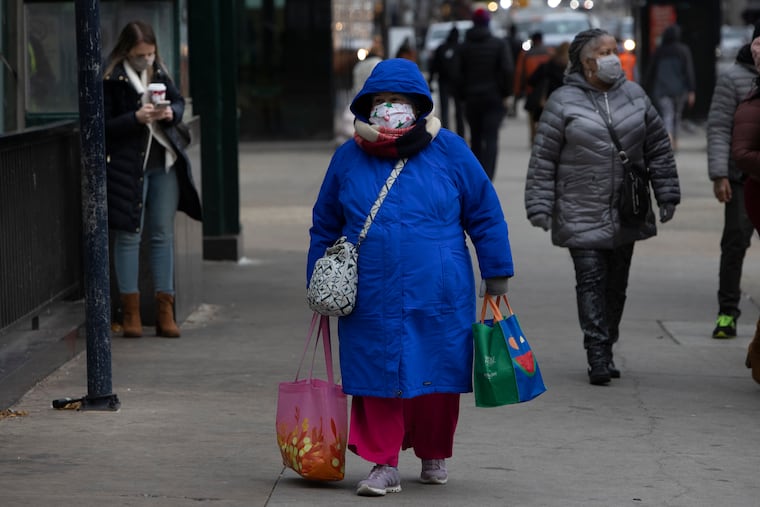Omicron is spreading, and likely is why COVID-19 breakthrough cases are growing in Philly
A rise in breakthrough cases in Philadelphia this month could be a sign of omicron's spread in the city.

A rise in breakthrough cases in Philadelphia this month could be a sign of omicron's spread in the city.
